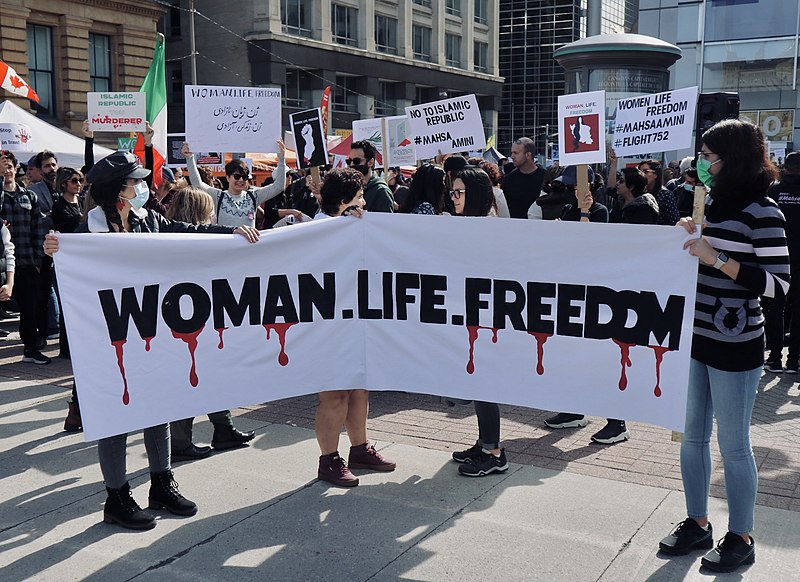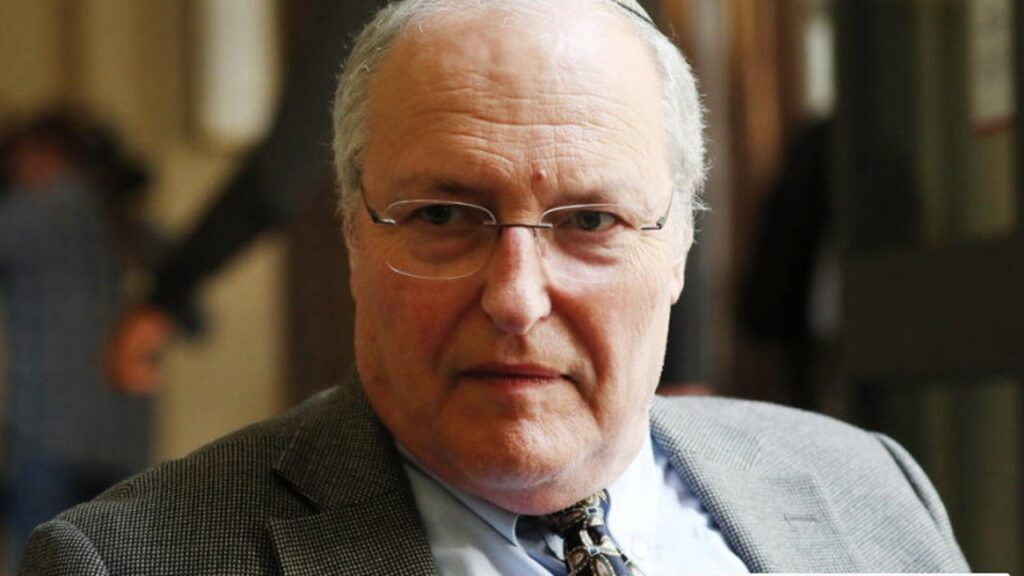UPDATES
Can we force Iran to abandon its nuclear plans?
October 2, 2012 | Ahron Shapiro

Iran has enough uranium to create five nuclear bombs
Ahron Shapiro
Canberra Times – October 2, 2012
Where must we draw the line on Iran’s dangerous and illegal nuclear weapons program? At what point should the strongest measures, including military strikes, be implemented in order to derail it?
This is the question at the heart of a subtle yet significant disparity in diplomatic language regarding the Iranian nuclear threat, as the possibility increases that ongoing economic sanctions may be insufficient to cause Iran to abandon its goal of nuclear arms capability.
At the United Nations last week, US President Barack Obama said ”the United States will do what we must to prevent Iran from obtaining a nuclear weapon”. While rejecting the option of containment, Obama continued to avoid imposing practical red lines or ultimatums upon Iran short of the bomb itself.
On the other hand, Israeli Prime Minister Benjamin Netanyahu has consistently stressed the need to stop Iran’s pursuit of a nuclear weapons capability. As he explained to the UN last week: ”The red line must be drawn on Iran’s nuclear enrichment program because these enrichment facilities are the only nuclear installations that we can definitely see and credibly target.”
The dichotomy between Netanyahu’s and Obama’s red lines regarding Iran has been mirrored within domestic US politics through Republican presidential candidate Mitt Romney. Like Netanyahu, Romney has underlined the need to prevent ”Iran from building and possessing nuclear weapons capability”.
So why does the word ”capability” matter? The concern is that by drawing the red line at a ”nuclear weapon”, one could infer that all the preparatory work that goes into nuclear weapons development, such as weapons-grade enrichment, is acceptable. One could even conclude that it may be likewise acceptable to prepare all the elements of a nuclear weapon in their unassembled state, just so long as final assembly does not occur. Such a policy would be foolhardy. A nuclear-capable power must be understood to be just as hazardous to confront as one that actually possesses nuclear weapons. All of the dangerous consequences of a nuclear-armed Iran would apply as soon as Iran develops all the components of a weapon. It would then be too late to stop it.
Iran essentially argues that the Nuclear Non-Proliferation Treaty – to which it is a signatory and which bans signatories that are not already nuclear weapons states from weaponising nuclear technology – gives it a right to what amounts to a nuclear weapons capability. Its argument is that until all components of the bomb are put together into a working weapon, it is not violating the treaty.
Meanwhile, some analysts committed to the idea that a diplomatic settlement should be reached on almost any terms have embraced this Iranian position, arguing the West should agree to whatever ”capability” Iran wants, as long as the Iranians don’t actually produce weapons. This ”solution” would achieve nothing except to preserve the illusion that the treaty was not being violated, while stripping the treaty of all value as a means of preventing nuclear proliferation.
This sentiment, however, has been soundly rejected by the American political mainstream and most international actors. In May, the US House of Representatives passed a bipartisan bill ”regarding the importance of preventing the government of Iran from acquiring a nuclear weapons capability” – by the overwhelming margin of 401-11. In July, British Foreign Secretary William Hague said ”if [Iran] obtains nuclear weapons capability, then I think other nations across the Middle East will want to develop nuclear weapons”.
Meanwhile, Wikileaks cables have revealed that Iran’s Sunni Muslim Arab neighbours are terrified of a nuclear-capable Iran, and would prefer to see the US or Israel strike Iran’s nuclear infrastructure.
These actors recognise the obvious: Iran, a confirmed state-sponsor of terror groups including Hezbollah, Islamic Jihad and Hamas, must never be able to develop a nuclear weapons capability that would allow its proxies the freedom to operate under a nuclear umbrella, spark a regional nuclear arms race and hold hostage global oil supplies. It is clear from recent nuclear talks that Iran’s leaders appear to believe they can gain most of the benefits of a nuclear arsenal by essentially stopping just short of the final step of assembling highly-enriched uranium and bomb components into warheads. Then, whenever the time seems propitious, Iran can simply put its nuclear components together and ”officially” go nuclear.
We are now at the point where Iran has enough low-enriched uranium to create five nuclear bombs if further enriched: a process that could take as little as two months for the first nuclear device.
If, as Obama contends, nuclear containment is not an option with Iran, the time has now come for Iran’s interlocutors to specify where the actual red line is.
Ahron Shapiro is a policy analyst at Australia/Israel & Jewish Affairs Council.
Tags: International Security





